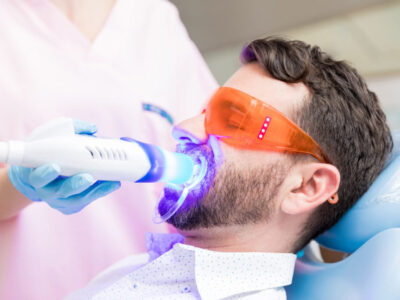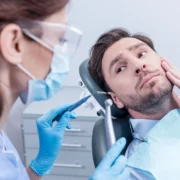
Gonorrhea involves a sexually transmitted disease caused by the Neisseria gonorrhoeae bacterium. This bacterium infects the mucous membrane of the urethra in men and women and the reproductive tract, such as the fallopian tubes and cervix in women. Neisseria gonorrhoeae can also affect the mucous membrane of the rectum, eyes, throat, or mouth. Gonorrhea is one of the most common infectious diseases globally, taking second position among the most popularly bacterial sexually transmitted infections.
How is Gonorrhea Transmitted?
This STD is spread through sexual contact with an infected person’s anus, mouth, vagina, or penis. Unlike what most believe, ejaculations do not necessarily have to occur for gonorrhea to be acquired or spread. Also, an expectant mother can pass the disease to their infant at birth. Thus, it is advisable to begin prenatal clinics as early as possible to allow time for various tests to be conducted. This way, they can receive treatment protecting the unborn child. Persons who had gonorrhea and were treated successfully can be re-infected if they have sexual intercourse with a person having the STD.
While any person can be infected with gonorrhea, sexually active persons are at a higher risk of contracting the disease. This is especially possible if they do not use protection such as condoms when having sex.
Signs and Symptoms of Gonorrhea
Even though most men having gonorrhea might be asymptomatic, it might show some symptoms sometimes. Urethral infection in men will be described by a yellow, green, or white urethral discharge or dysuria. This usually appears for about 1-14 days after infection. Men may also complain of having scrotal or testicular pain when the urethral infection is complicated by epididymitis.
On the other hand, most who have gonorrhea are asymptomatic, and if they have signs, they are usually nonspecific and mild. Thus, the signs can be mistaken for vaginal or bladder infection. Mainly, the initial symptoms in ladies include vaginal bleeding between periods, increased vaginal discharge, and dysuria. Note that even though the severity of gonorrhea symptoms is low in women, they are at risk of developing severe complications from the STD.
For both women and men, the symptoms of rectal infection include soreness, painful bowel movements, bleeding, itching, and discharge. Nevertheless, a rectal infection may also show no signs. Additionally, pharyngeal infection is usually asymptomatic but may cause a sore throat.
Gonorrhea Treatment
Since gonorrhea is primarily asymptomatic, it is best to take check-ups regularly, especially if you are sexually active. This way, the disease can be diagnosed on time and treatment administered before causing more harm. Besides, today you do not necessarily have to visit a hospital physically to get tested. You can take a gonorrhea test online through websites such as CallonDoc.
If you are diagnosed with gonorrhea, you can be cured with the correct treatment. Medications such as ceftriaxone are used to treat the STD. However, even though the treatment will curb the infection, it cannot reverse any permanent damage caused by the disease. Also, in recent years scientists have noted antimicrobial resistance in gonorrhea. This has posed a threat to the successful treatment of the disease, making it more challenging.











